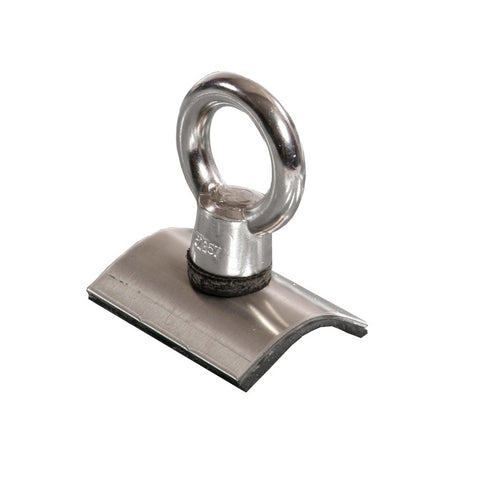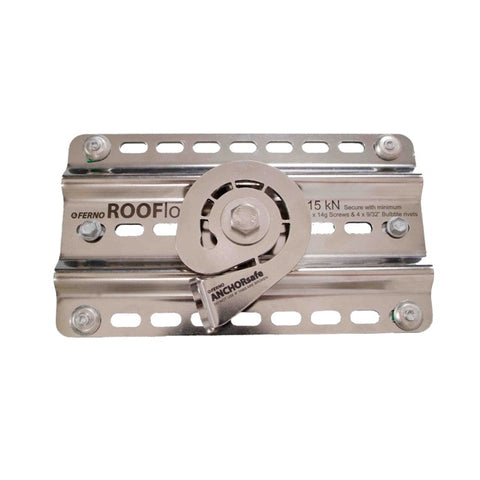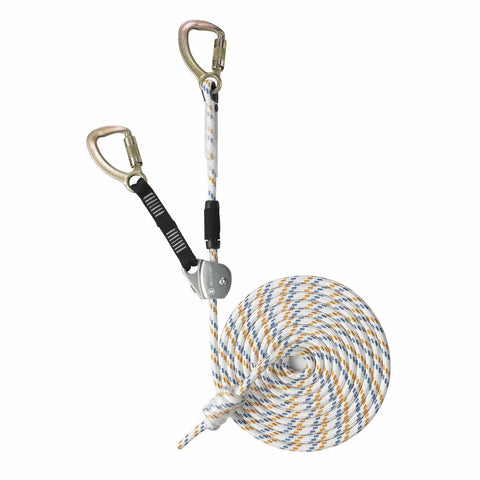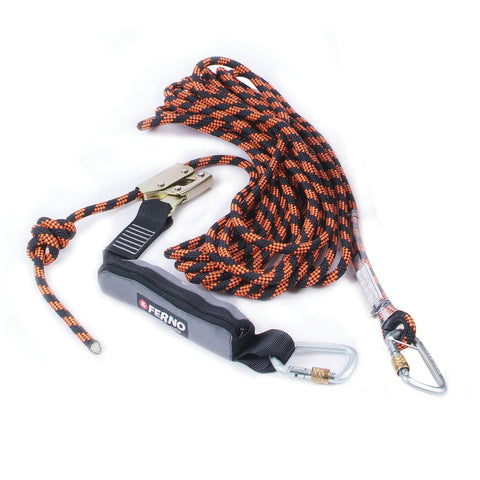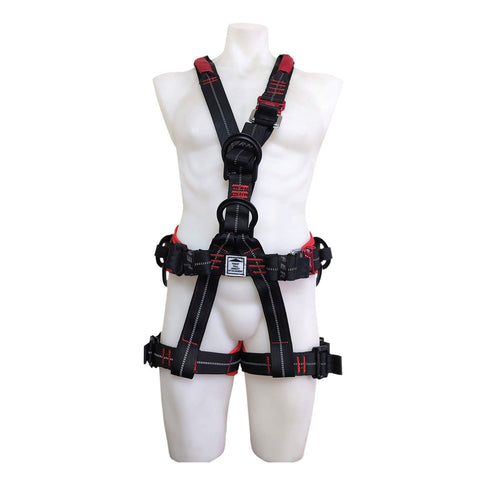What is a working at heights rescue plan?
A working at height rescue plan is a document that outlines the procedures and equipment that will be used in the event of an emergency rescue situation while working at a height. The plan should include information on the specific hazards present at the work site, the types of rescue equipment that will be available, and the procedures for contacting emergency services and communicating with workers. It should also include details of any training that has been provided to workers in relation to working at height and emergency rescue procedures. The plan should be reviewed and updated regularly to ensure that it remains relevant and effective.The dangers of working at height.
Working at height can be a dangerous and risky endeavour, with many potential hazards that can lead to serious injuries or even death. In Australia, falls from height are one of the leading causes of workplace fatalities, accounting for approximately one third of all workplace deaths. According to Safe Work Australia, there were 19 fatalities due to falls from height in 2022, and an additional 6,800 serious injuries reported in the same period. These statistics highlight the importance of taking the necessary precautions and having a rescue plan in place when working at height, in order to protect workers from the potential dangers of falls, equipment failure and other associated risks.
Managing risks associated with working at heights.
You must as an employer or employee as far as is reasonably practicable, eliminate and or minimise the risks associated with working at heights. You must also provide safe entry and exit to and from a workplace, including any areas with a risk of falling.
Where possible you must aim to have work undertaken on the ground or a solid construction.
If that is not possible, you must implement and maintain a safe system of work that provides adequate protection from falls. This includes arranging:
- a fall prevention device – eg, handrails, hard barricading, scaffolding, elevating work platforms (EWP'S - Which must have their own rescue descent device).
- if that is not possible, a work positioning system – eg, an industrial rope access system which would include the following components: anchor points, main & safety rope lines, safety harnesses, descenders, belay devices, fall arrest devices, back up devices, connectors & shock absorbing lanyards.
- if that’s not possible, a fall arrest system – plant or material that is designed to safely stop a worker falling an uncontrolled distance and to reduce the impact of the fall. This includes an industrial safety net, a catch platform, a safety harness with a shock absorbing lanyard.
A combination of these controls may be necessary to sufficiently minimise the risk.
Once the fall prevention device is installed it should not need adjustment. Make sure that work procedures are in place showing how to install, use and maintain the fall prevention devices as per the manufacturers instructions.
Work positioning systems are any plant or structure that position or support a person working at height. (Also note that fixed anchor points must be inspected every 12 months by a competent & licensed person).They don’t include temporary work platforms. Workers and supervisors must have the skills and or training to use work positioning systems safely.
Fall arrest systems can protect workers if other controls fail and they fall. Ensure workers are trained in their use and maintenance.
You must minimise any remaining risks or risks introduced by using these controls, so far as is reasonably practicable.
Developing a rescue plan.
Developing a rescue plan is a crucial step in ensuring the safety of workers when working at height. The process of developing a rescue plan should begin with a thorough risk assessment, which should identify potential hazards and evaluate the risk of a fall or other emergency occurring. Once the hazards have been identified, it is important to identify the different rescue scenarios that may arise, and to plan accordingly.
It is also crucial to provide training to employees on how to handle emergency situations, including how to use any equipment that may be needed in a rescue. This may include training on the use of personal protective equipment, such as harnesses, lanyards and fall arrest systems, as well as training on the procedures for performing a rescue.
When developing a rescue plan, it is also important to consider the resources that may be required to carry out a rescue, such as equipment and personnel. This may include having a dedicated rescue team in place, as well as equipment such as ropes, ladders, and harnesses. Additionally, it is important to have a communication plan in place that allows for easy and efficient communication during an emergency.
Overall, developing a rescue plan requires careful thought, planning and attention to detail, but it is a vital step in ensuring the safety of workers when working at height.
Rescue plan considerations.
-
Location of the work area
-
Is the planned work at height being done in an isolated or remote place?
-
How far away is it from medical facilities & how accessible is it in an emergency?
-
Can the rescue of a worker after an arrested fall be provided straight away, without relying on the emergency services?
-
Communications
-
How can working at height workers communicate in an emergency situation?
-
Rescue equipment
-
What kinds of emergencies may occur?
-
The provision of suitable rescue kits will depend on the nature of the work and the control measures used, for example an Skylotec Milan Rope Rescue Descent Device or an ISC RALF 3:1 Rope Rescue Pulley Descent Kit. The selected rescue equipment should be kept in close proximity to the work area so that it can be used immediately.
-
Capabilities of rescuers
-
Are rescuers sufficiently fit and properly trained to carry out their task?
-
Are they capable of using the rescue equipment kits provided, for example Rescue Pulley Kits, Milan Descenders, Gotcha Kits and Lifelines?
-
Have emergency procedures been tested to prove that they are effective?
-
First Aid
-
Is first aid available for injuries associated with falls?
-
Are trained first aid officers available to make use of the necessary first aid equipment?
-
Local emergency services
-
How will the local emergency services, like rescue or ambulance, be notified of an incident?
-
What is the likely response time?
Typical injuries from falls.
Typical injuries from falls can include serious head or abdominal injuries and fractures, impalement, unconsciousness, and blocked airways.
Suspension intolerance or suspension trauma can also be a result of using a fall arrest system and being left suspended after a fall.

Work health & safety regulation.
Emergency and rescue procedures WHS Section 80
"A person conducting a business or undertaking (PCBU) who provides a fall arrest system as a measure to control risk must establish emergency and rescue procedures. The procedures must be tested so that they are effective. Workers must be provided with suitable and adequate information, instruction and training in relation to the emergency procedures. When developing emergency procedures, the different types of emergency and rescue scenarios that might arise should be considered. Information from the risk assessment will help in this task". (Cited from Managing the risk of falls at workplaces Code of Practice 2021)
Duty to provide first aid WHS Regulation Section 42
"You must ensure that workers have access to first aid equipment and facilities for the administration of first aid. You must also ensure that workers are trained to administer first aid or that workers have access to people who are trained in first aid. Further information is contained in the First aid in the workplace Code of Practice". (Cited from Managing the risk of falls at workplaces Code of Practice 2020)
Fall protection equipment.
Fall Arrest Rescue Descent Kits
EWP - Elevating Work Platform Rescue Descent Kits
Anchor points
Rope lines





